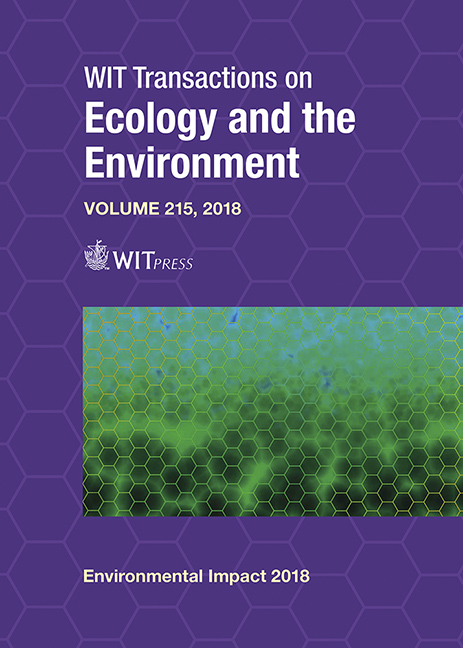MEASURING FARMLAND LOSS: LESSONS FROM ONTARIO, CANADA
Price
Free (open access)
Transaction
Volume
215
Pages
11
Page Range
165 - 175
Published
2018
Paper DOI
10.2495/EID180151
Copyright
WIT Press
Author(s)
SARA EPP, WAYNE CALDWELL
Abstract
Farmland in Ontario, Canada is under immense pressure from development associated with population growth and urbanization. The future sustainability of agriculture in Ontario is dependent upon a stable land base and precise understanding of the availability of farmland; however, in many communities, farmland is sacrificed for residential subdivisions, commercial developments and aggregate operations, among others. The provincial government has recognized the development threats facing farmland and created the Greenbelt Act (2005) to protect prime farmland and other sensitive landscapes. While this protectionist policy has appeared to stop some development, farmland continues to be lost to non-farm land uses and a policy failure is assumed. In reality, much of this land was designated decades prior for urban development but the loss is not evident until urban development begins. In order to assess the strength of the Greenbelt policy and understand the amount of farmland lost, quantitative data at a region or county level is needed. Currently, no accurate data regarding the amount of farmland lost to other land uses exists. This presentation will explore a new methodology for measuring the loss of farmland through official plan amendments on private property in southern Ontario. Analysis of data in the form of a case study is presented from 2 counties and regions. This highlights the amount of farmland converted to other land uses both before and after Greenbelt Act (2005) came into force. The economic and environmental impacts of farmland loss and the role of planning policies will also be discussed. This analysis and methodology will be applicable in many different jurisdictions.
Keywords
agriculture, farmland, urban sprawl, development, land use planning, Greenbelt





